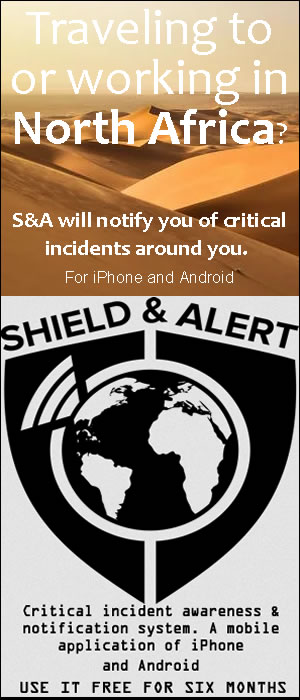Illegal immigration into Switzerland almost tripled last year, the government announced Thursday, citing a recent influx of Afghan and Moroccan migrants. The numbers of people arrested for illegal immigration jumped from 18,859 in 2021 to 52,077, the Federal Office for Customs and Border Security said. The number in 2020 was 11,043.
The jump in figures between December 2021 and December 2022 “is mainly due to the irregular entry of migrants into Switzerland via the eastern border as well as via the southern border,” the office said, citing crossings from Austria and Italy respectively. “The migrants who entered Switzerland illegally are mainly of Afghan and Moroccan nationality.” The number of people arrested on suspicion of people smuggling stood at 476 last year, in line with the 478 arrested in 2021.
Landlocked Switzerland — population 8.7 million, including 2.2 million foreigners — is one of the 27 states in Europe’s Schengen open-borders zone. It therefore has no passport checks on its borders with the surrounding countries France, Germany, Italy, Austria and Liechtenstein.
Thursday’s figures show how illegal immigration declined during the pandemic but rose again in the second half of 2021 after most countries lifted Covid-19 restrictions.
A large influx was noted in particular from Austria, Switzerland’s ATS news agency reported. It cited border guards saying many people entering Switzerland were using an Austrian asylum procedure card for identification. Young people, often Afghans, generally want to continue on to France or Britain, it said. Two-thirds of the illegal immigration arrests in 2022 took place in the last five months of the year.
Last September, Bern and Vienna agreed a plan to combat illegal migration on the Swiss-Austrian frontier, notably by going after people smugglers, and by running joint patrols on cross-border trains. In October, the State Secretariat for Migration (SEM) said Serbia in particular had become a departure point for migrants.
“The number of illegal immigrants entering European countries bordering the Western Balkans has risen sharply in recent months. With up to 1,100 people a week being apprehended at the eastern border, Switzerland is also strongly affected by this migratory flow,” it said in a statement.
There were meanwhile around 24,000 asylum applications in 2022, SEM said. This does not include the nearly 73,000 Ukrainian refugees who have obtained temporary protection in Switzerland since the Russian invasion of Ukraine in February last year.
AFP







